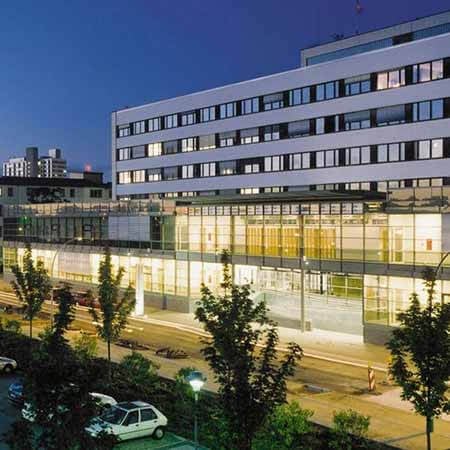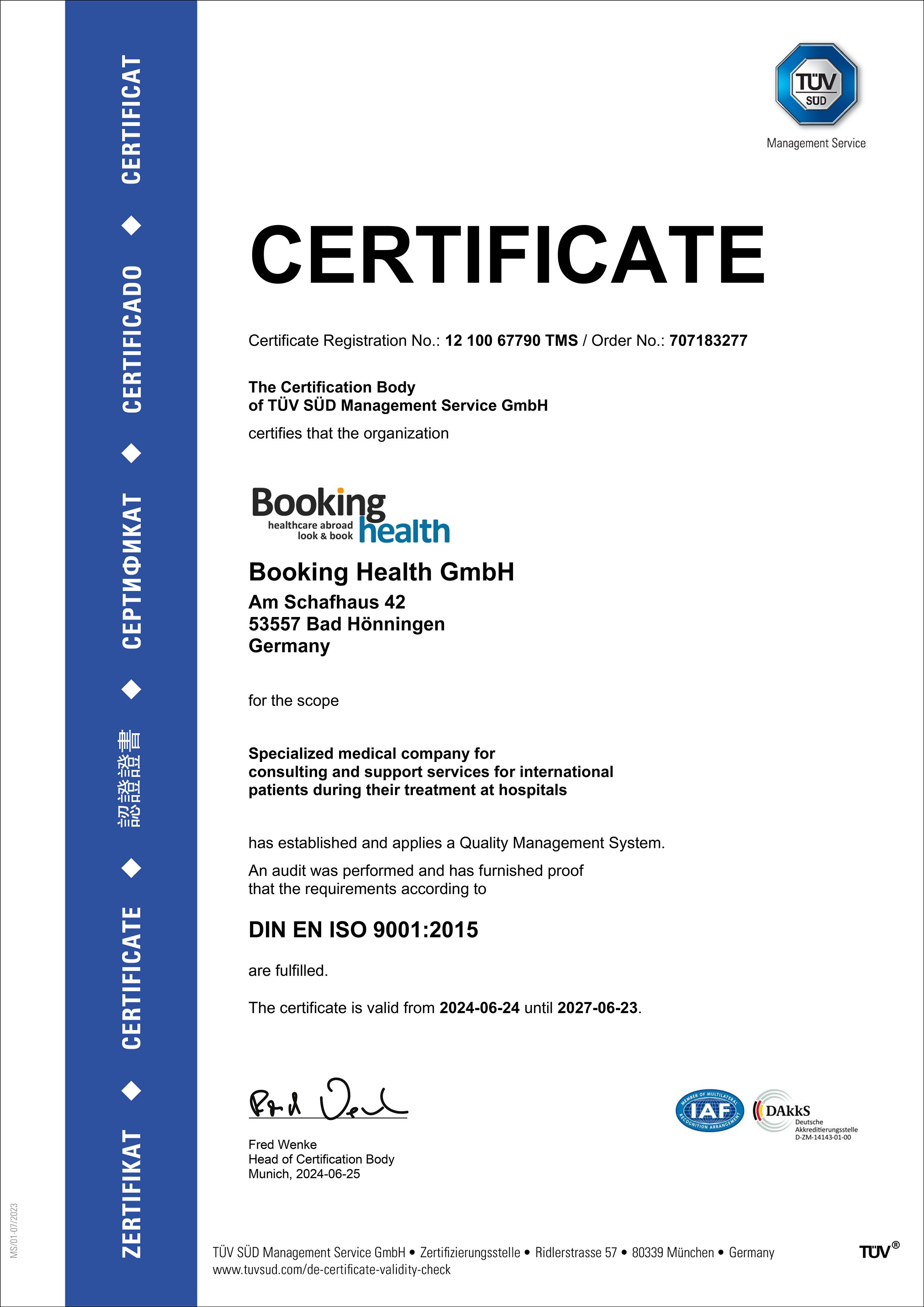About the disease
Cervical dystonia is a condition whereby the neck muscles begin to contract and cause pain. As a result, the patient’s head involuntarily begins to tilt. It can also twist to the left or right. Most commonly, the patient’s neck twists so far round that their chin is next to their shoulder and they are unable to move it from this position. Sometimes, a patient’s neck muscles contract to the extent that they cannot lift their ear from their shoulder. In rare cases, the patient’s neck muscle spasms create an involuntary head jerking motion.
Cervical dystonia is considered a rare disease that mostly affects middle-aged people, especially women. It is still not known why cervical dystonia starts to develop. It is believed that a genetic predisposition is a precipitating factor. In some cases, previous injuries of the neck and shoulders can contribute to the development of cervical dystonia. Usually this disease becomes apparent with an unpleasant feeling in the neck, which gradually becomes more and more painful. At some point, the pain ceases to get any worse and appears only when the patient moves their neck and shoulders. Although this disease cannot be fully cured, there are many medical treatments that can completely eliminate the symptoms. Cervical dystonia affects approximately 1% of the world population.
Symptoms
- Muscle contractions
- Pain in the neck
- Headaches
- Inability to maintain normal head posture
- Tingling sensation
- Numbness
- Bone spurs in progressed stages
Diagnosis
- A general examination by a doctor is usually enough to diagnose this type of disorder. The doctor examines the patient's neck to see which muscles are contracted. Observations of eye movements and head positions can also determine the extent of the disease. The doctor will also determine whether cervical dystonia has caused any speech disorder.
- An MRI and X-ray are primarily used to rule out other causes of muscle contractions in the neck area.
Treatment
- Surgical treatment is used to resect the nerves that cause the neck muscles to contract and make the head tilt.
- Deep brain stimulation (DBS) is a more modern treatment option, whereby electrodes are connected to the brain by thin wires. These electrodes send signals to the brain, which reduce muscle contractions and therefore eliminate pain in the neck.
- Botox therapy is used to block the chemical that causes muscles to contract. Injections of botox into the affected muscle are repeated every three months.
Authors: Dr. Vadim Zhiliuk, Dr. Sergey Pashchenko














